
A blog of the Wilson Center
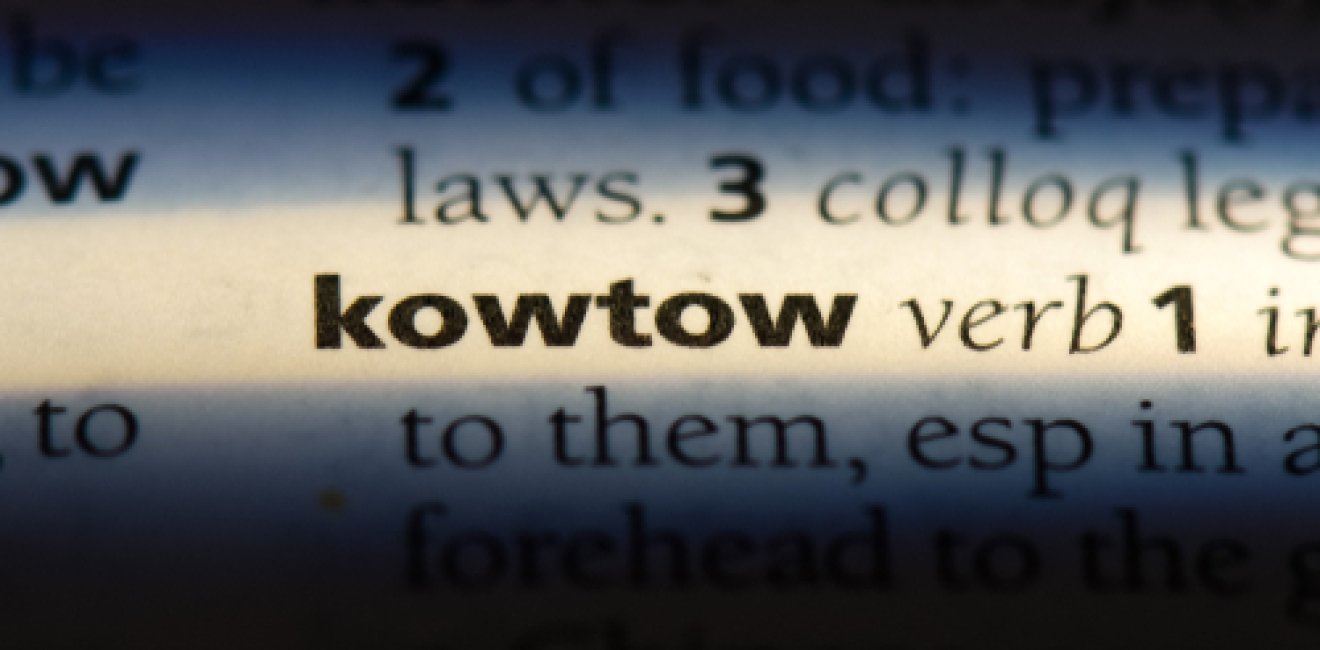
“Kowtow (verb): act in an excessively subservient manner” (Oxford Languages Dictionary)
According to the Merriam-Webster dictionary, “kowtow” is derived from the Chinese terms for “to knock” and “head,” and its roots refer to the ritual common in imperial China of prostrating oneself before the emperor.
In recent times, the NBA is perhaps the most famous case of a U.S. entity desperately trying to assuage the hurt feelings of the modern People’s Republic of China (PRC). In October 2019, the general manager of the Houston Rockets, Daryl Morey, tweeted support for pro-democracy demonstrators in Hong Kong. In response, the Chinese state broadcaster CCTV pulled all NBA games, costing the league hundreds of millions of revenue dollars. The NBA moved quickly to show how sorry it was. Morey quickly deleted his tweet. The league called Morey’s tweet “regrettable” and said it did not represent their view. The Rockets owner went further, saying his general manager “does NOT speak” [their emphasis] for the team. Rockets star James Harden also posted his own apology and went on to make it clear with “we love China.” The Houston Rockets were only reinstated to the Chinese streaming service Tencent after Morey left the team in 2021.
But the NBA has lots of company.
When professional wrestler and actor John Cena referred to Taiwan as a country in a May 2021 interview, the backlash from the PRC was swift —so swift that the WWE star apparently felt himself “pinned to the mat.” He issued an apology through Chinese social media saying, “I’m very sorry for my mistakes. Sorry. Sorry. I’m really sorry.”
A few examples of other well-known companies that felt pinned:
- Marriott International publicly apologized in 2018 after an employee “liked” a social media post about Tibet.
- In the world of fashion, Versace once apologized for a shirt that seemed to suggest that Macau and Hong Kong were independent of Beijing. Not be outdone, Gap profusely apologized for failing to include Taiwan on a T-shirt showing a map of the PRC.
To their credit, the people of Taiwan have found humor in the lengths to which some have gone to say, in Cena’s words, they’re “Sorry. Sorry…really sorry.” In 2016, thousands of Taiwanese registered for a mock Facebook event in which they would express deep regrets for how they may have offended the government in Beijing. One contributor said he was apologizing that the “sky is blue.”
According to UNICEF, there are 650 million girls and women alive today who were married as children.
On December 10, the Philippines became the latest country to ban child marriage. What makes this so significant is that as recently as 2020, the Philippines had the 10th highest number of child brides in the world, with 17% of Filipino girls married before their 18th birthday.
But to be clear, child marriage is a problem that afflicts every part of the globe. According to UNICEF 12 million girls under the age of 18 are married every year. More than 10 million young women in India today were married before they turned 15, and 37% of all young women in sub-Saharan Africa married before they were 18. Even in the United States, marriage under the age of 18 is legal in some circumstances in 44 States. According to U.S. census data cited by Politico, there were nearly 88,000 married teens between the ages of 15 and 17 nationwide in 2019.
Why does all this matter? Evidence shows a correlation between child marriage and a range of costs and effects, even in more advanced countries: in the U.S., early marriage is correlated to a lack of educational attainment and increased poverty, poor mental and physical health, lower developmental outcomes in children, and divorce. Yet in many countries around the world, child marriage persists because of deeply engrained cultural practices. Despite the recent success in the Philippines, Muslim leaders from the deeply conservative Mindanao region are now lobbying President Duterte to repeal the new law citing religious and cultural roots.
Despite WHO’s stated goal of vaccinating at least 40% of every country against COVID-19 by the end of 2021, only about 9% of African Continent has been vaccinated.
While a few countries in Africa have had real success in their vaccination campaigns (e.g., Morocco has vaccinated 61% of its population and Tunisia 47%), the continent as a whole has simply (and tragically) lagged far behind. In fact, much of sub-Saharan Africa has barely started. In Nigeria, by far Africa’s most populous country, only 2.4% of people have been fully vaccinated. The Democratic Republic of Congo, at the center of a new geopolitical struggle over clean energy minerals, has vaccinated just 0.2% of its people.
There are many reasons for this failure, including poor health care systems and infrastructure on the continent, and vaccine hesitancy, but the World Health Organization (WHO) and rich donor countries shoulder most of the blame. Early in the pandemic WHO helped establish a global mechanism called COVAX for vaccinating poorer countries, and then set sky high expectations which never got off the ground. Vaccine producers in the global north raced to safeguard their own populations in the face of successively more contagious COVID variants, often reneging on earlier pledges to help poorer countries. For example, during the Delta variant-fueled surge, India, the world’s largest overall vaccine producer, halted exports of its COVID vaccines in April 2021. For its part, the Biden Administration has made by far the largest pledges to COVAX—more than 857 million doses—but has delivered on less than a quarter of that number.
Once donated vaccines do show up, they’re often close to expiration and unable to be used for lack of preparation or investment in Africa’s distribution systems. At the end of December Nigeria went so far as to publicly destroy over a million expiring AstraZeneca doses to increase confidence among Nigerians that the vaccines they do receive will be effective.
It’s not simply “Monday morning quarterbacking” to say that many of the problems Africa has encountered should have been planned for. For example, In May 2021 the Tony Blair Institute produced a realistic plan to reach targeted vaccine rates. I wrote the foreword for that report, which can be found here.
Author
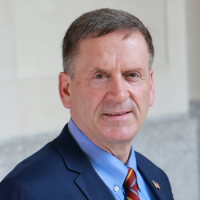
Explore More in Stubborn Things
Browse Stubborn Things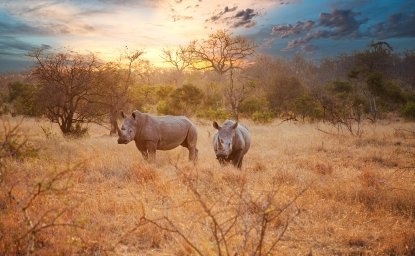
Spying on Poachers
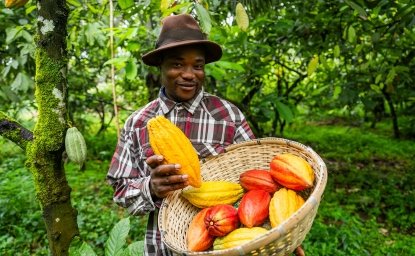
China and the Chocolate Factory
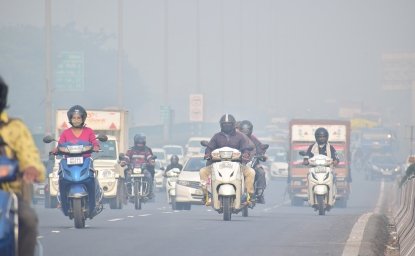
India: Economic Growth, Environmental Realities
